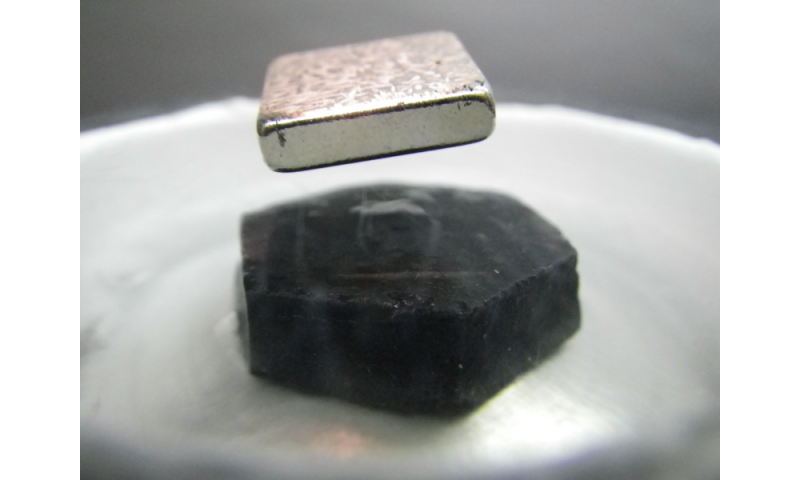Best of Last Week–New property of superconductivity, contact lens video screens and HPV causing throat and mouth cancers

(ScienceX)—It was another good week for physics as an international team of researchers investigated the structure of time, with implications for quantum mechanics and philosophy—they proposed that the Planck time is not actually the shortest possible time span. Also another international collaboration announced that they had discovered new properties of superconductivity, which led to some new ideas on how superconductivity initiates at the atomic level.
In other news, researchers at Yale University found evidence that Henry VIII might have suffered the same type of brain injury as some NFL players—which, they theorize, might explain his erratic behavior during the last decade of his life. Also, in a surprising discovery, researchers with the Smithsonian Zoo and the University of Vermont found that many white-tailed deer have malaria, the first-ever finding of native malaria in the Americas. And another team with members from Stanford and Meiji Universities created a model that suggested that the Neanderthal extinction occurred due to human cultural superiority—rather than diseases or genocide.
Also, a team with the University of South Australia's Future Industries announced a film coating that transforms contact lenses into computer screens—thus far, it is just a proof of concept, but the idea could transform visual aids. And a new technique developed by researchers at East China University of Science and Technology and Shanghai Jiao Tong University has led to the creation of an elastic, high-strength carbon nanotube film that might be used in making wearable devices or artificial muscles. Also, a team of researchers at the Mayo Clinic announced that they had extended the lifespan of test mice by as much as 35 percent, by clearing out senescent cells. And a team working with data from NASA's New Horizon's mission reported on Pluto's mysterious, floating hills, which they theorize might be fragments of water ice from nearby uplands as they are carried on top of nitrogen glaciers.
And finally, if you are someone who believes they are sidestepping the risk of cervical cancer due to HPV infections by avoiding intercourse, you might want to check out the results found by a team of researchers with Dalhousie Medical School who report on the growing menace of HPV-related throat and mouth cancers, due to the spread of the virus during oral sex—and it is happening mostly to men.
© 2016 ScienceX